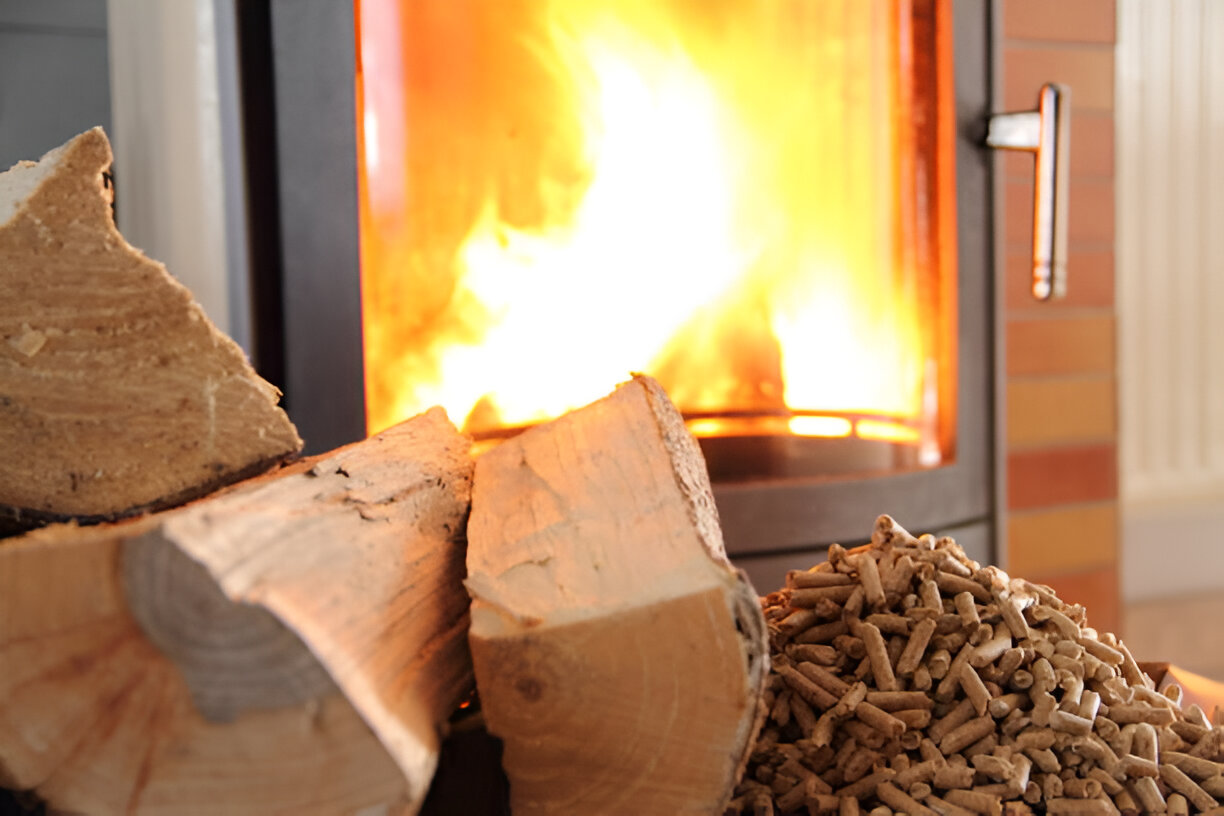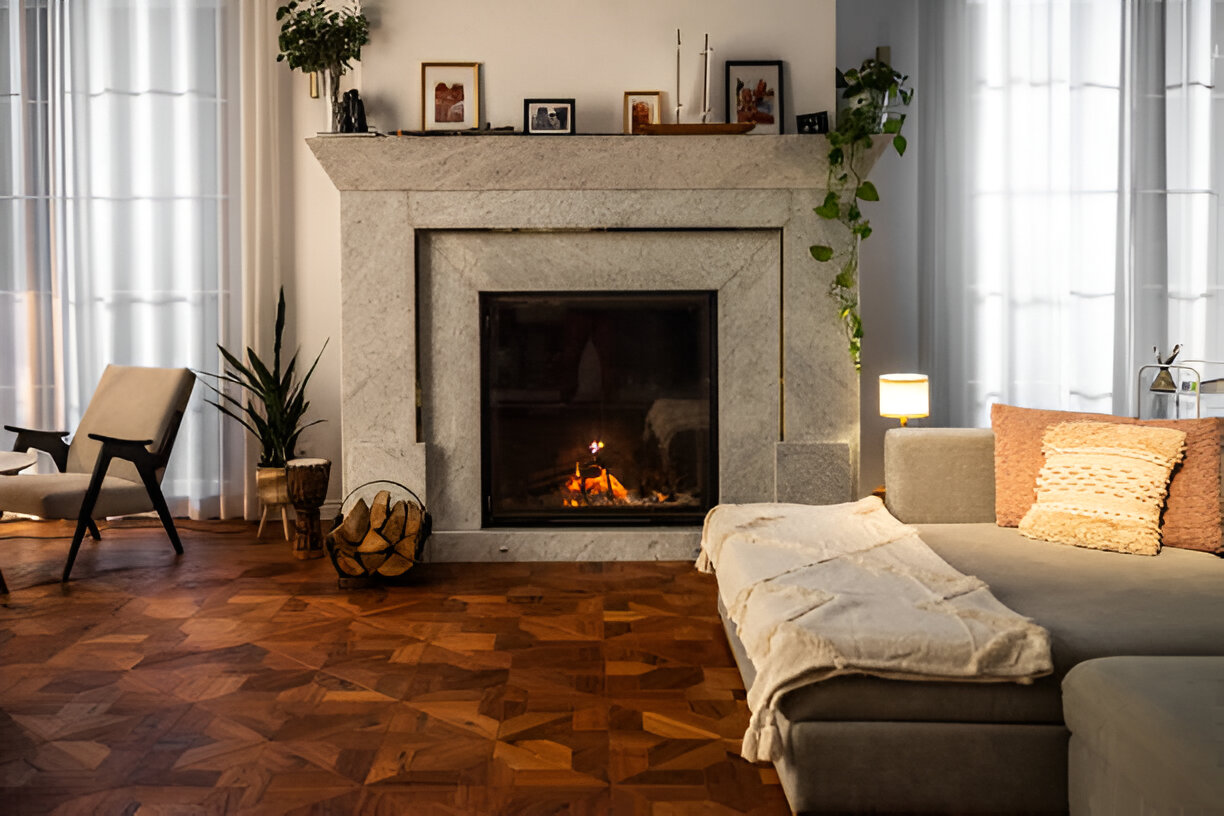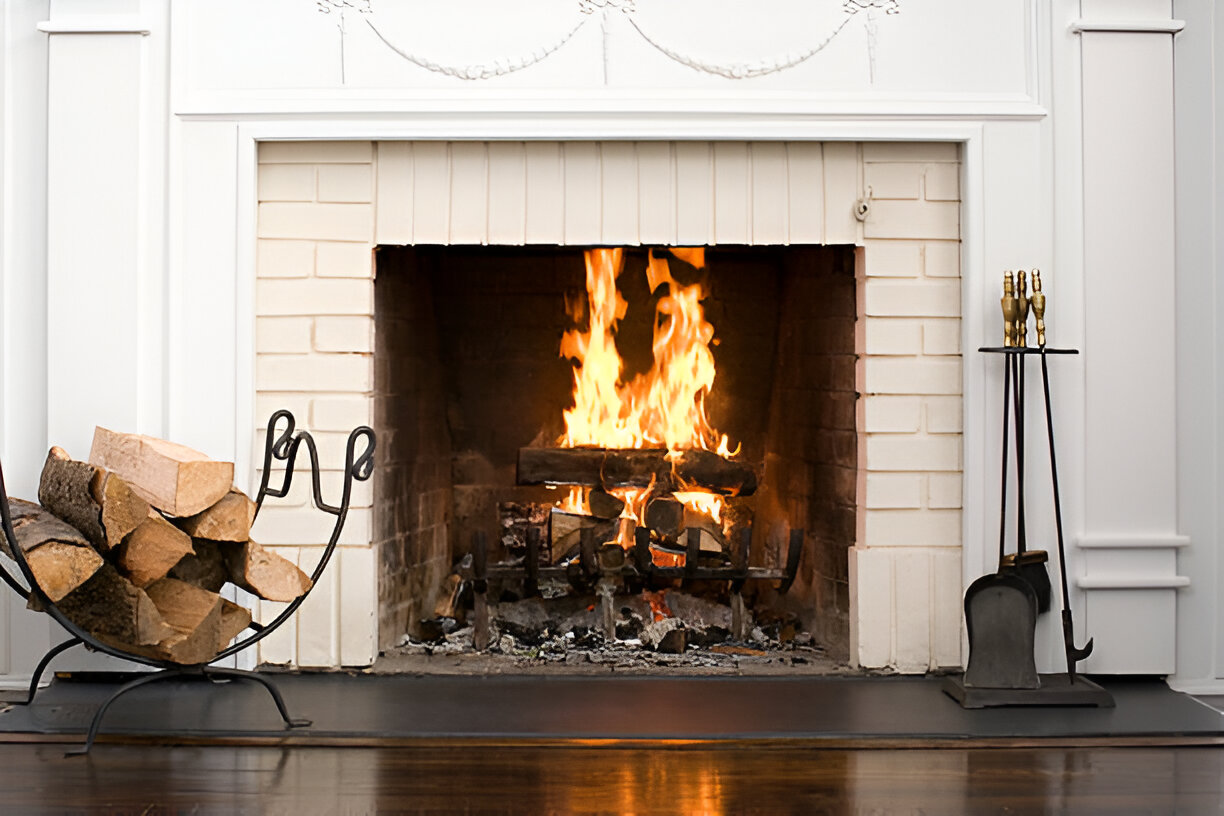Wood Stove vs Fireplace: Which Is Better for Your Home Heating Needs?
Choosing between a wood stove and a fireplace can feel overwhelming, especially in regions where long, cold winters demand both warmth and reliability. Each option comes with its own benefits, costs, and safety considerations. This guide will walk you through the key differences so you can make an informed choice that’s safe, efficient, and fits your home’s needs.
Key takeaways:
- Efficiency matters: Wood stoves are typically 3–4× more efficient than open fireplaces, using significantly less wood.
- Costs vary: Installation of a wood stove usually costs less ($2,500 avg) than a new fireplace ($4,000 avg).
- Safety first: Massachusetts saw hundreds of fires tied to chimneys and stoves annually; professional installation, permits, and annual maintenance are critical.
- Efficiency incentives: Transitioning to EPA-certified wood stoves may earn you rebates or tax credits through state programs.

1. Heat Efficiency & Fuel Use
In long winters, efficiency isn’t just a bonus, it’s essential. Traditional fireplaces often send up to 90% of heat right up the chimney, making them notably inefficient. Homeowners tell us their fireplaces burn through two to three times more firewood compared to modern wood stoves.
In contrast, modern EPA‑certified wood stoves typically deliver 70–80% efficiency or more, offering stronger, longer-lasting heat and reducing fuel costs.
2. Safety & Maintenance
Burning wood carries risk, but with proper precautions, both heating options can be safe. In Massachusetts in 2020, there were 539 fire incidents tied to chimneys, fireplaces, and wood stoves causing multiple injuries and millions in damage. State building codes mandate:
- A building permit for installing any wood‑burning appliance.
- Installation by a licensed CSL contractor (unless you’re the homeowner permitted and qualified), and an inspection before first use.
- Safe clearances (at least 36 inches) from combustibles, proper venting, and no shared flues across solid fuel/appliances.
- Annual inspections and chimney cleanings to mitigate creosote buildup.
On safety, wood stoves often outperform fireplaces; stoves are sealed, limiting sparks and drafts, whereas fireplaces are open by design.
Blog related: Tips for Proper Fireplace Maintenance
3. Installation & Cost Considerations
Wood stoves are generally more affordable to install, especially if your home doesn’t already have a fireplace. Nationwide average cost: $2,500 for a stove vs. $4,000 for a new fireplace.
Fireplaces, particularly masonry ones, also require firm structural support and are more complex to build or retrofit.
4. Environmental Impact & State Incentives
In Massachusetts, sustainability matters. EPA-certified stoves burn cleaner, reducing pollutants and emissions compared to fireplaces.
Even better, the Massachusetts Clean Energy Center periodically offers incentives or rebates to homeowners replacing old stoves with newer EPA-compliant units.
5. Aesthetics & Heating Style

Fireplaces bring ambiance and visual warmth perfect for gatherings, holidays, or cozy evenings. Many homeowners value the “romantic glow” of a brick or wood-burning fireplace facing their living room.
Wood stoves offer a different charm: sleek, modern designs, often freestanding and compact. While they don’t replicate the open aesthetic, they provide practical warmth with style.
Tip: Consider combining both using a wood stove as your primary heat source and a fireplace as ambiance on special occasions. Firesafe Chimney Services can help ensure both are safe, code-compliant, and efficient.
Ready to Choose the Best Heating Option for Your Home?
In Massachusetts, your choice between a wood stove and a fireplace can greatly impact comfort, safety, and heating costs during long winters.
Wood stoves deliver higher efficiency and lower fuel use, while fireplaces offer unmatched ambiance and classic charm. The right choice depends on your heating needs, budget, and style. At Firesafe Chimney Services, we’ve helped countless local homeowners make the smart choice—backed by expert installation, thorough inspections, and maintenance that meets Massachusetts safety codes.
Contact us today, don’t wait for the cold to set in!
Frequently Asked Questions (FAQs)
Do I need a permit to install a wood stove or fireplace in MA?
Yes, a building permit is required for installing a wood stove or fireplace. Installations must meet Massachusetts building codes and be inspected before use.
How often should I have my chimney inspected in Massachusetts?
The Massachusetts Department of Fire Services recommends annual chimney inspections and cleanings for wood stoves and fireplaces to prevent creosote buildup and reduce fire risk.
Can Firesafe Chimney Services install both wood stoves and fireplaces?
Yes. Firesafe Chimney Services, offers professional installation, sweeping, inspection, and repair services for both wood stoves and fireplaces, ensuring they are safe and code-compliant.
Are there rebates for upgrading to an EPA-certified wood stove in Massachusetts?
Yes. Massachusetts homeowners may qualify for rebates through the Massachusetts Clean Energy Center when upgrading to an EPA-certified wood stove, which burns cleaner and more efficiently.












